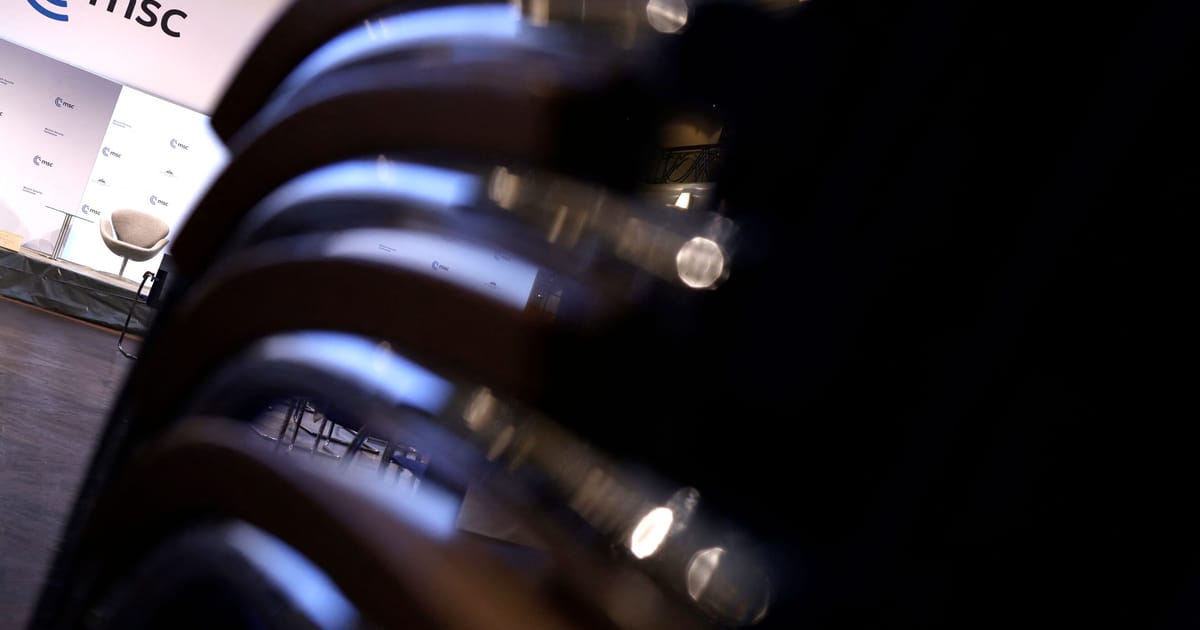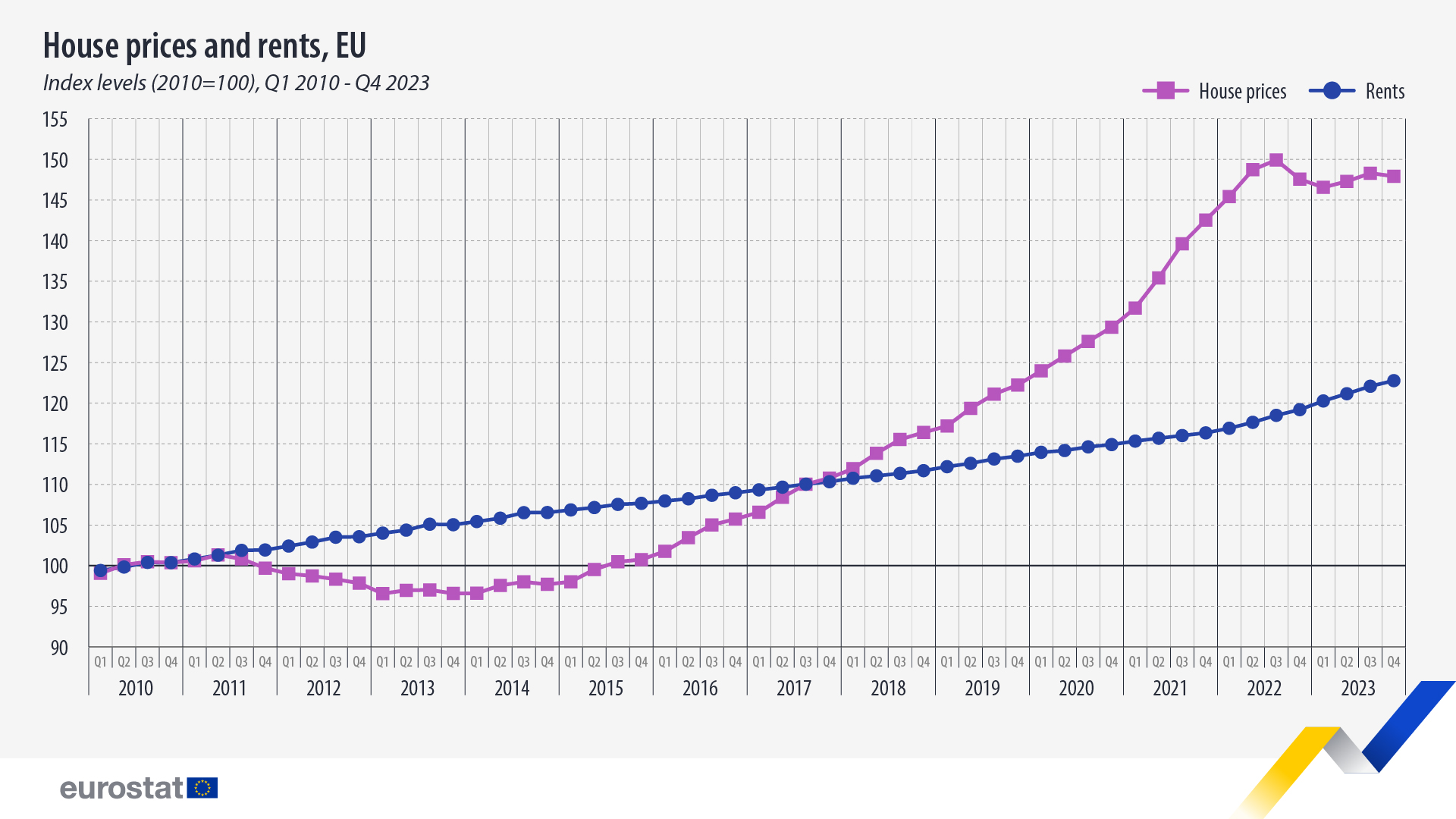European farmers are far from alone in feeling bitterly angry about the threat from low-cost, unfair competition and pricing which risks destroying their livelihoods.
Europe’s packaging recycling industry faces a similar existential challenge.
We are not burning tires or dumping piles of steaming manure at the seat of our legislatures but we share the farming fraternity’s frustration when European lawmakers show signs of forgetting whose side they are supposed to be on.
In our case, the threat to the viability of our industry is all too real, the result of unfair competition from Asia.
Europe’s recycling rates of plastic packaging waste historically has been around 35 percent[1], but hasn’t made significant progress beyond easier-to-recycle clear bottle waste streams.
The nub of the issue is that outside Europe, there are no recycled content requirements and some countries, such as China, even forbid the use of recycled content in their own domestic food and beverage packaging. So unlike in Europe, plastics waste has little or no value in the vast majority of countries and therefore can flow into Europe at low costs in the form of recycled polymer, leaving Europe’s recycling infrastructure with zero to negative incentive to recycle more.
A solution is on the table with negotiations between EU lawmakers at a critical stage on the new Packaging and Packaging Waste Regulation (PPWR). The PPWR intends to establish healthy recycled content and recycling rate requirements for the EU, creating a strong supply and demand market. The adoption of the new rulebook should position Europe for global leadership in the transition to a circular economy.
But — there’s always a but — the devil is in the details.
Looking back, Europe and much of the Western world would export a significant quantity of its plastic waste to the East. But, tired of being the world’s trash can, Beijing banned plastic waste imports seven years ago. It now dispatches a significant amount of its plastic waste in the form of recycled polymer in our direction, so that the EU finds itself becoming China’s trash can.
These imports are damaging EU competitiveness and jeopardizing the environmental goals of the EU Green Deal.
Allowing waste from third-party countries to count against the EU’s recycling targets would reduce the incentive to collect and recycle more in Europe. The cost to do so in Europe is already significantly higher because easy-to-recycle materials are already recycled, meaning innovation and investment are needed to expand collection, sorting and recycling to materials that are more difficult to recycle such as mixed plastic packaging and textiles .
But if any third country’s waste counts towards EU targets there is no incentive to collect and invest more in Europe. Therefore, with no further investment in the EU’s recycling infrastructure, the EU will never achieve its recycling rates, nor establish the capabilities needed to handle end-of-life materials not only from packaging, but also other large sectors like textiles for instance; and ultimately incineration of recyclable plastics waste will continue and grow.
Looking forward, the European Commission in its new PPWR Regulation deliberately required the recycled content targets to be based on EU-generated waste in order to ensure that there would be sufficient investments in the EU’s recycling infrastructure. This reflects the principle that each region should deal with its own locally generated waste.
Some multinational industries want to water down this crucial requirement for recycled content to be sourced from locally generated waste. Arguing for the application of nebulous, self-defeating ‘free trade’ provisions, they are pressing lawmakers to expand the current definition to include waste from any non-EU country.
Failing on the very ambition embodied by the PPWR would be a huge blow to circular value chains.
Sophie Sicard, president, Plastics’ Recycling Branch, European Recycling Industries’ Confederation (EuRIC)
“It is crucial to ensure that the PPWR will first and foremost pull the demand for recycled plastics in packaging stemming from waste collected and processed in the EU. Failing on the very ambition embodied by the PPWR would be a huge blow to circular value chains which are ready to turn EU’s green targets into tangible investments that create local and green industrial jobs, that Europe desperately needs.” Sophie Sicard, president, Plastics’ Recycling Branch, European Recycling Industries’ Confederation (EuRIC).
The irony is that there are multiple policy proposals that would address the need for regional circularity, while not being overbearing on the trade flow of final packaging or fully packaged goods.
The threat is real
Around 100 plants based outside the EU are currently registered with the European Commission for food-contact applications in the EU, yet none have a recycled content requirement in their home market — see Figure 1.

Industry impact
If policy opens up to broadly include waste from anywhere in the world, this would seriously undermine Europe’s packaging recycling capacity. Not only would future recycling investments stop, but existing recycling capacities would also slow or shut down. Just in the past few weeks, we have witnessed the bankruptcy of plastics waste recycler Umincorp in the Netherlands and Swedish textile recycler Renewcell. Including waste from any non-EU country would be in clear contradiction with the objectives of this landmark policy, which was intended to clean up Europe’s waste and establish the world’s first circular economy for plastics.
This sector needs a clear signal of support to continue its work, otherwise it will disappear.
Paolo Campanella, secretary general, European Waste Management Association (FEAD)
“For more than 30 years, European plastic recyclers have been creating value and resources from collected waste. They have developed cutting-edge skills and technologies while respecting environmental sustainability, workers’ rights and creating opportunities for local economic growth. This sector needs a clear signal of support to continue its work, otherwise it will disappear. All that is needed to continue to exist, grow and invest is a steady and secure demand for European recycled plastics.” Paolo Campanella, secretary general, European Waste Management Association (FEAD).
European plastics recyclers have invested hundreds of millions of euros to meet recycling targets but are now forced to operate below their production capacity, with no signs of recovery in 2024. Our sector has expanded the recycling capacity of PET by 50 percent from 2018 to 2022 and by around 90 percent on other plastic types in anticipation of the new demand that Europe’s circular economy is intended to create.
We are calling on Europe’s lawmakers to do the right thing during what could be the final round of negotiations on the new regulation next week. They should insist that policy is set up to address Europe’s waste and that only post-consumer plastic waste from the EU counts towards recycled content targets.
We believe that verification supported by third-party certification, while important, is grossly insufficient on its own to enable regional circularity envisioned by PPWR. However robust verification when combined with provisions to require local waste, would create a good system to achieve the targeted environmental benefits intended by the PPWR.
The critical situation of the plastics recycling sector reflects the general context in the European Union’s industry: a worrying lack of competitiveness in a geopolitical landscape.
Ton Emans, president, Plastic Recyclers Europe
“The critical situation of the plastics recycling sector reflects the general context in the European Union’s industry: a worrying lack of competitiveness in a geopolitical landscape where not all countries play by the same rules, and environmental targets that will not be achieved without further legislative action.” Ton Emans, president, Plastic Recyclers Europe.
Our position is shared by all those who want a future for our industry in Europe — and we are not alone in taking this view. Indeed, on Feb. 20 2024, more than 400 European companies signed the Antwerp Declaration for a European Industrial Deal to complement the Green Deal and keep high-quality jobs in Europe.
This is the way forward.
The PPWR cannot be a game changer without reassuring the EU plastics recycling industry that we are serious about finding a solution for our own waste and therefore establishing a circular economy. Only this will provide the springboard for achieving a step change in plastic recycling rates.
A healthy recycling value chain in the EU is essential for achieving plastics sustainability and circularity, as well as climate neutrality. The policies adopted by EU lawmakers must help make this happen.
[1] Source: SystemIQ EU Circularity White Paper 2023




